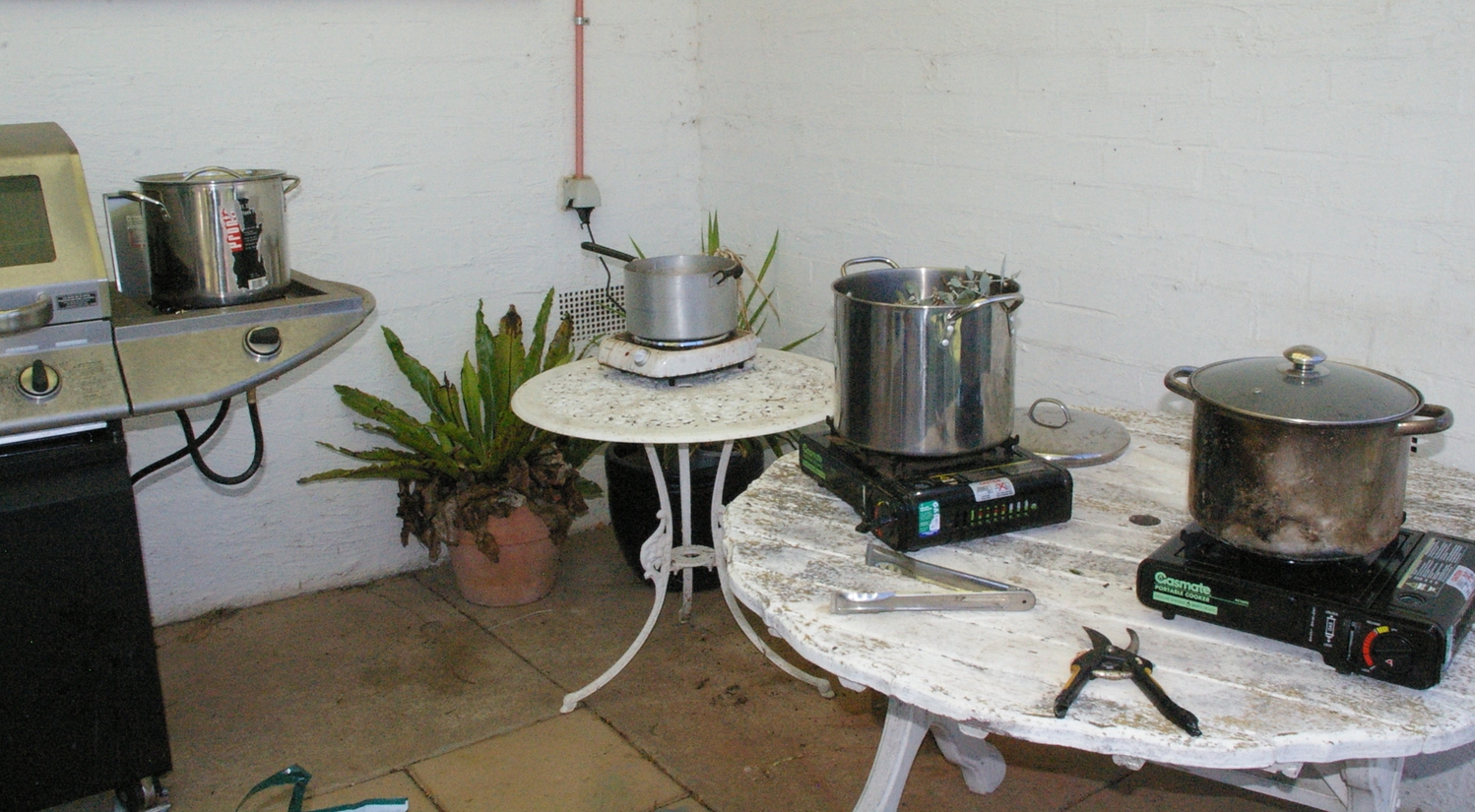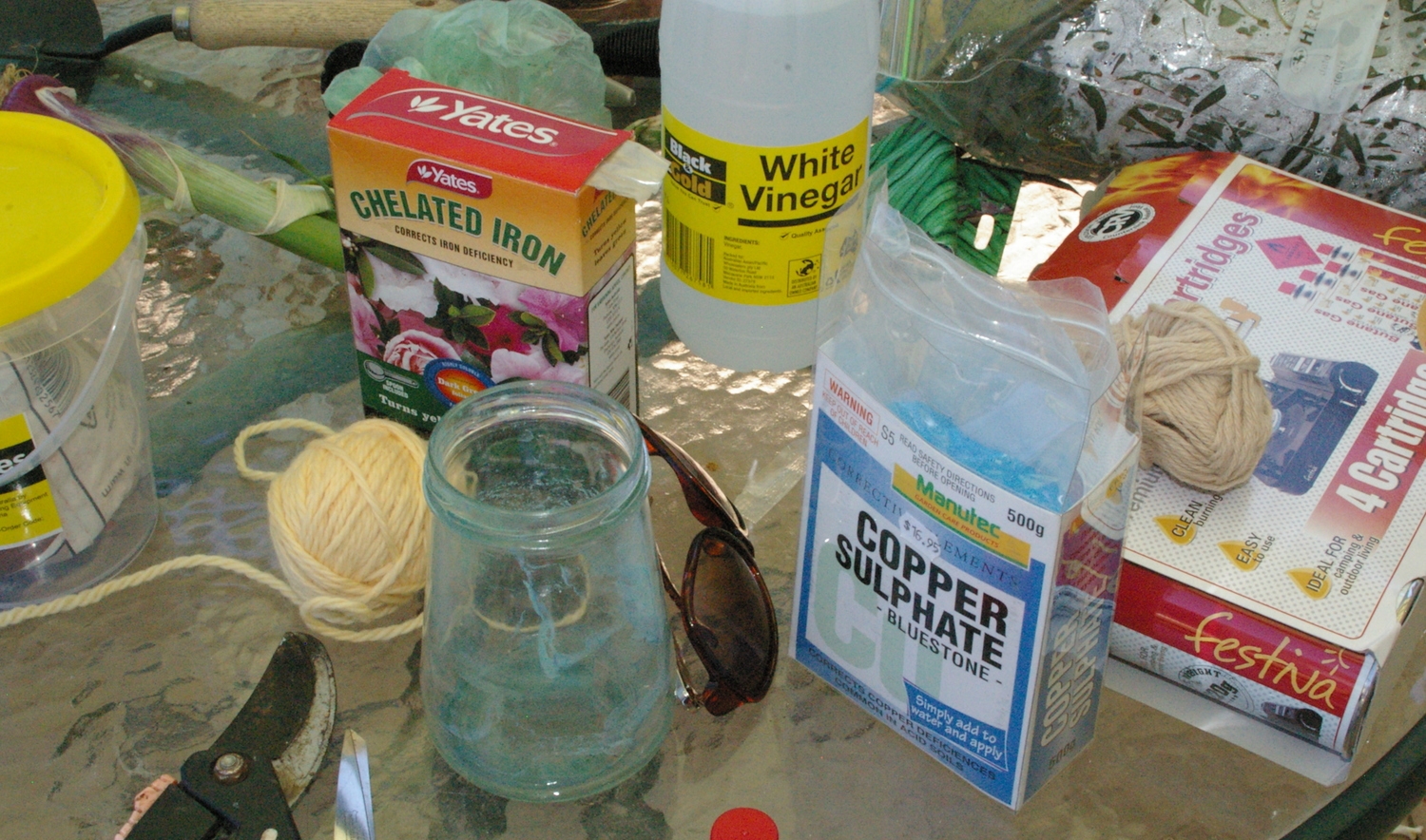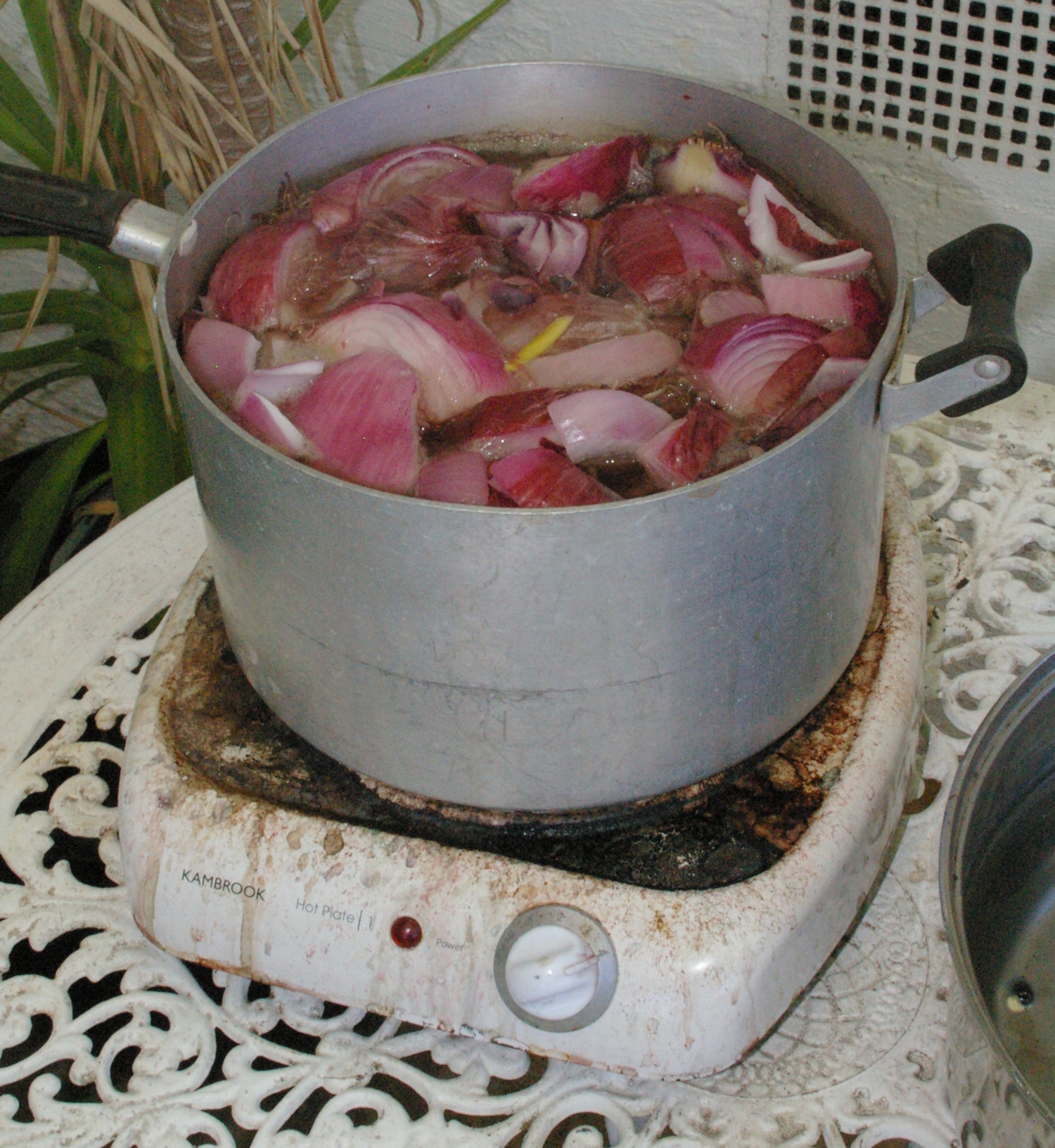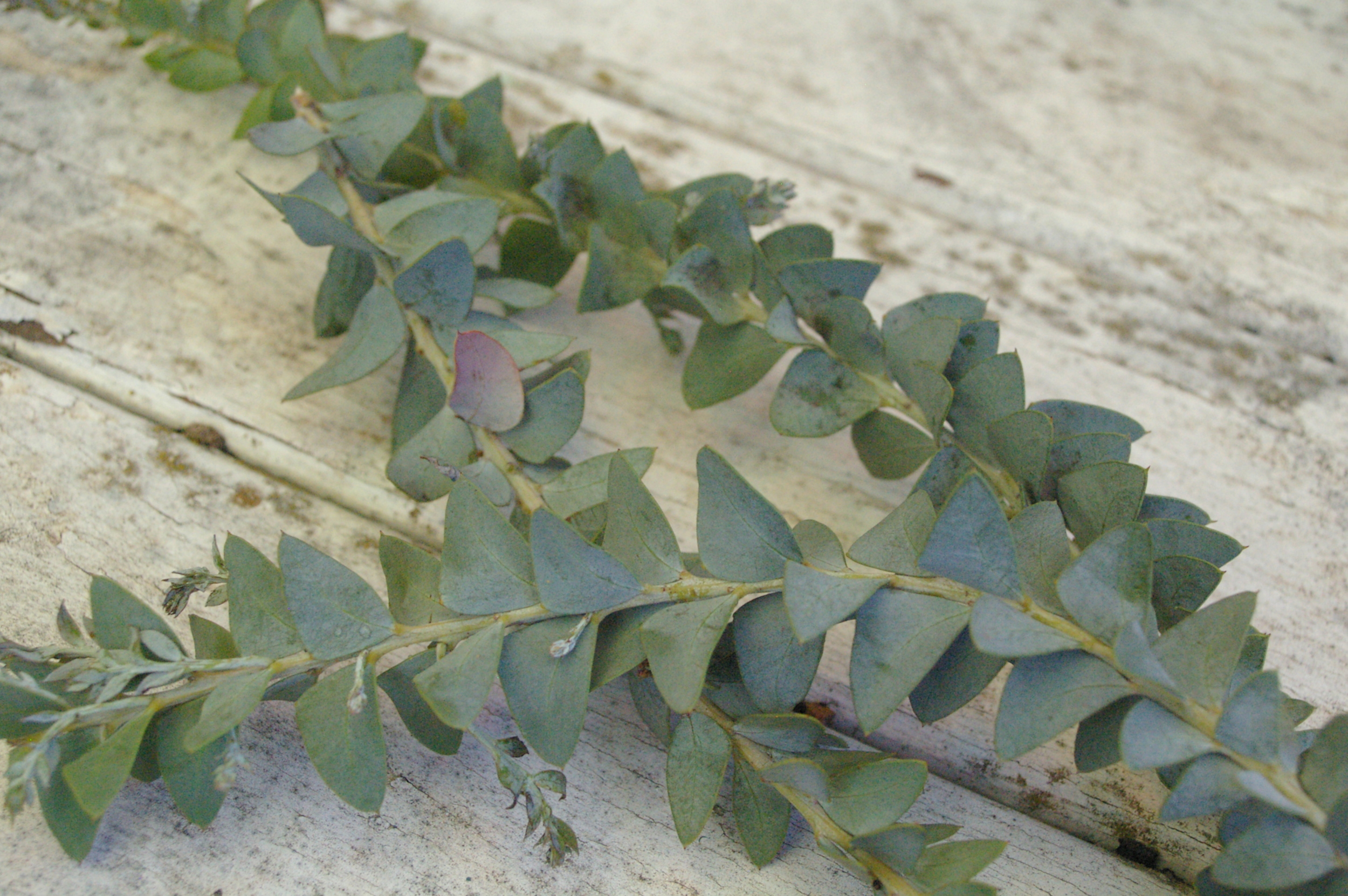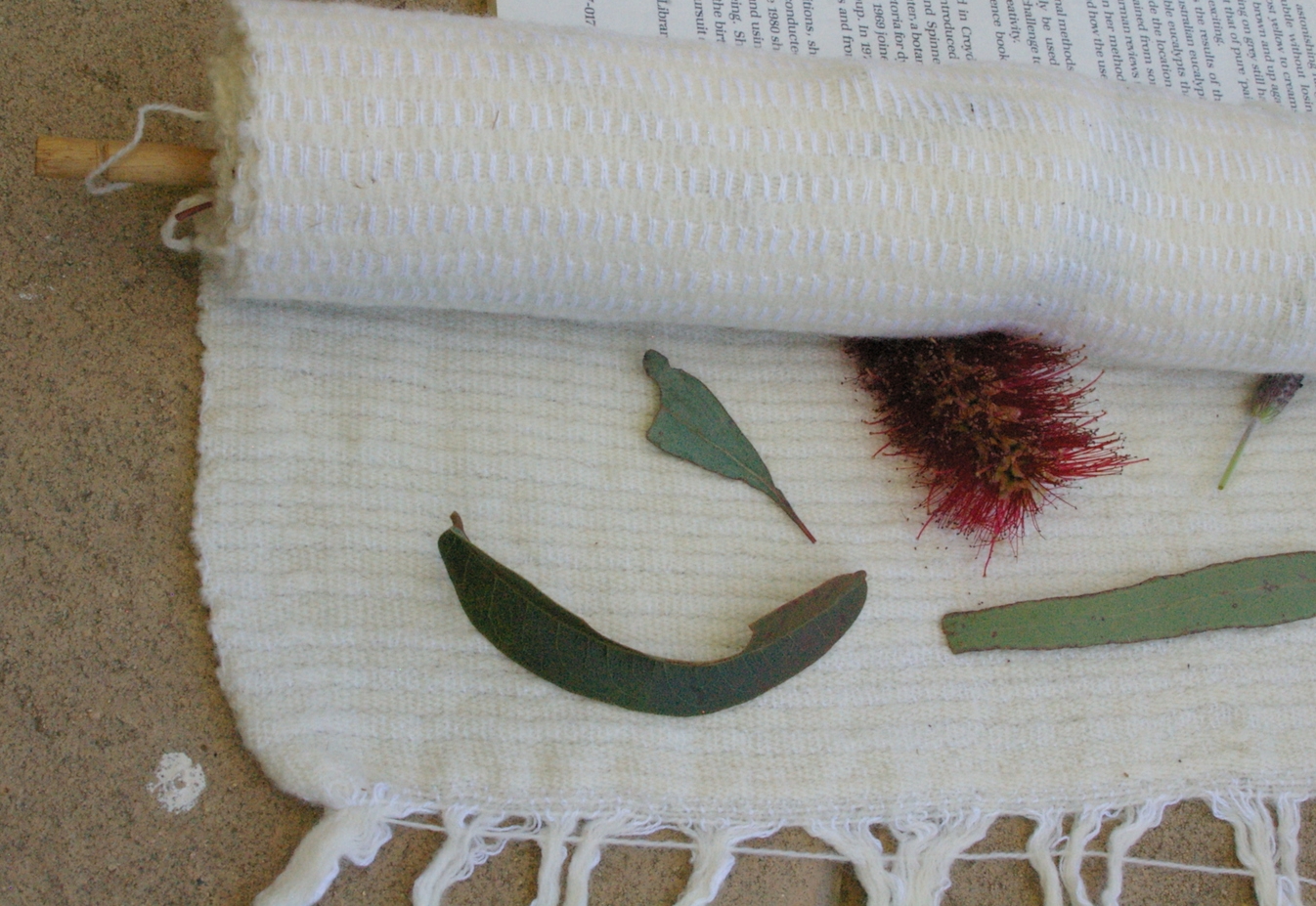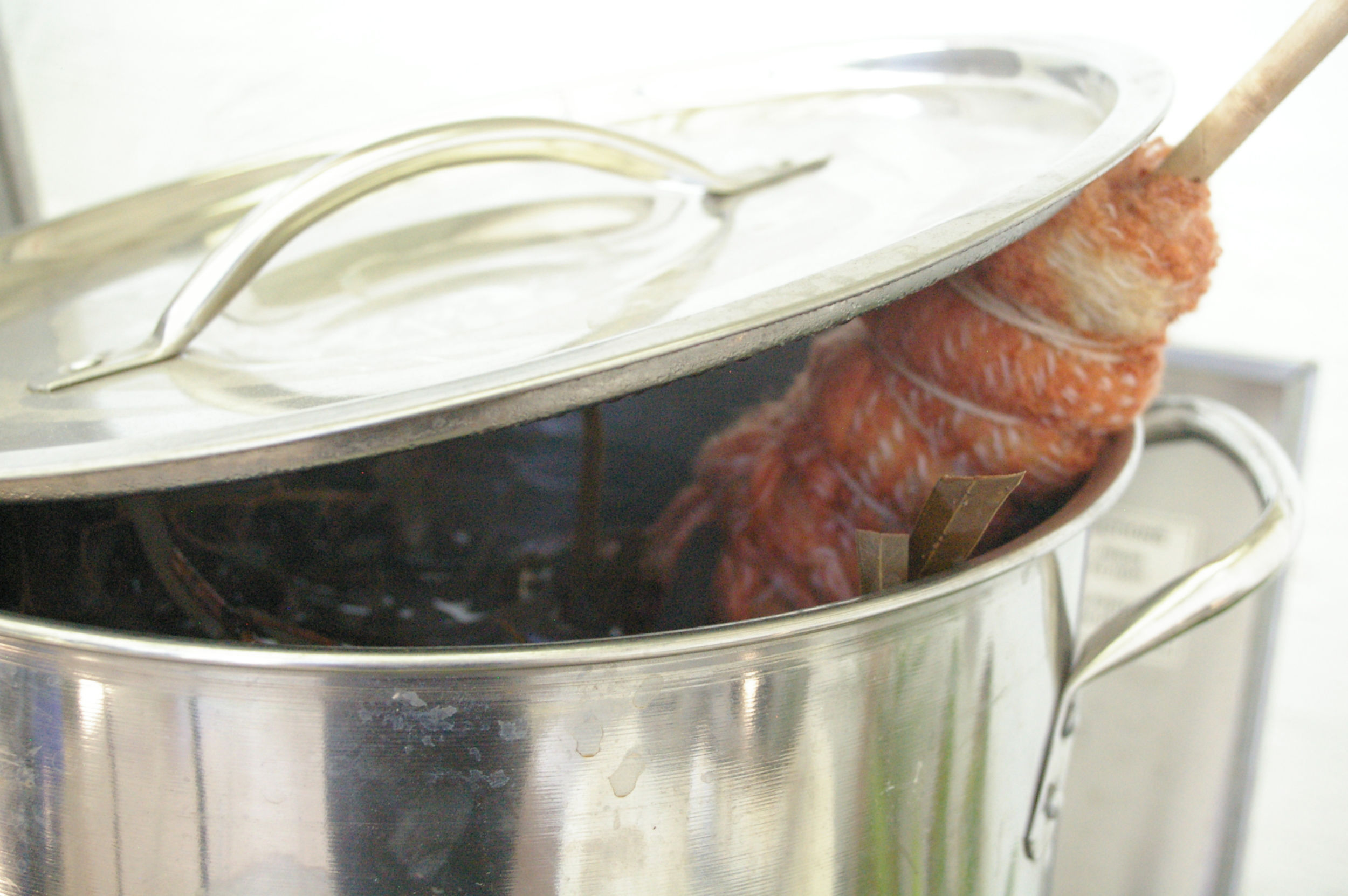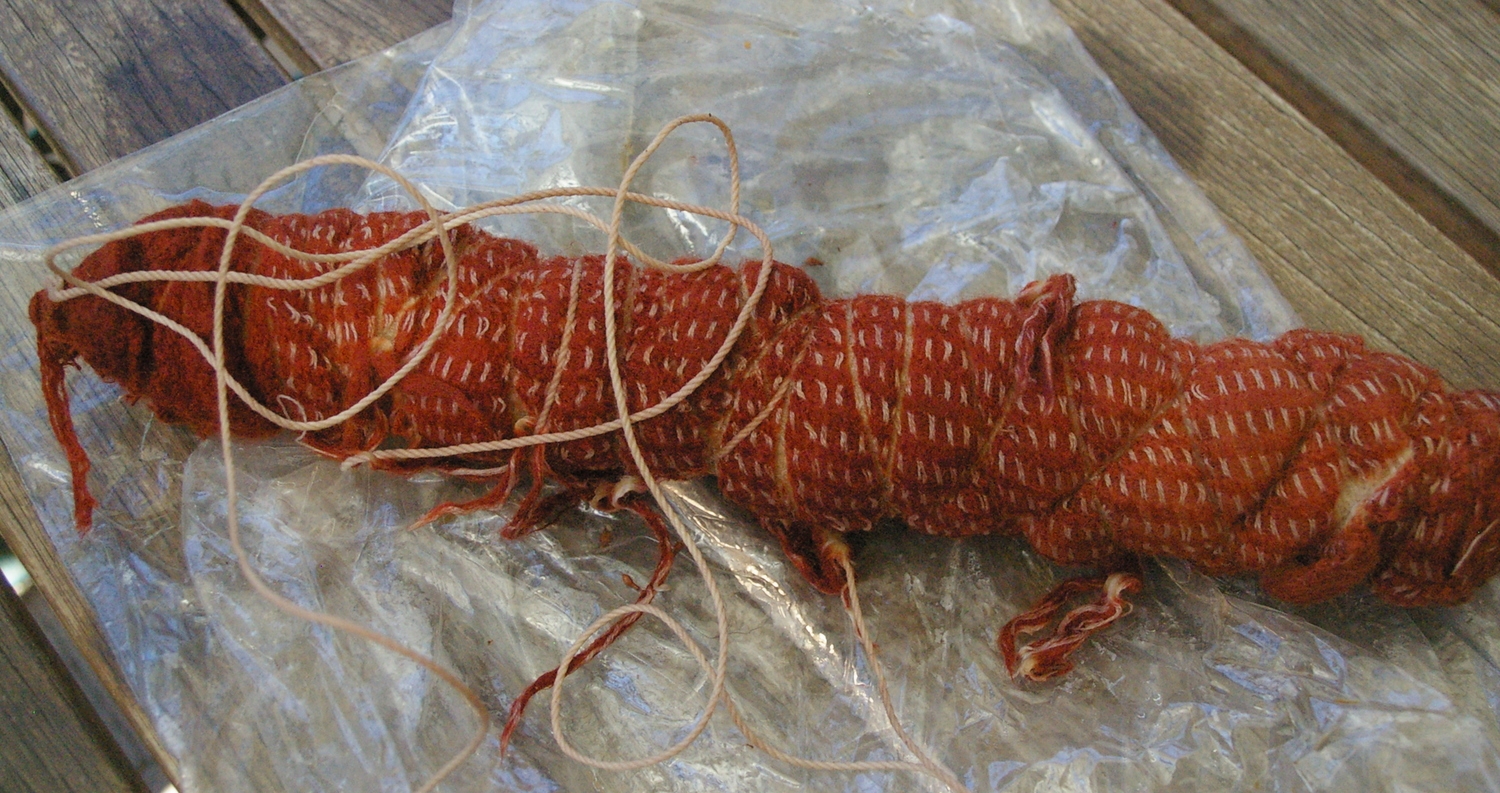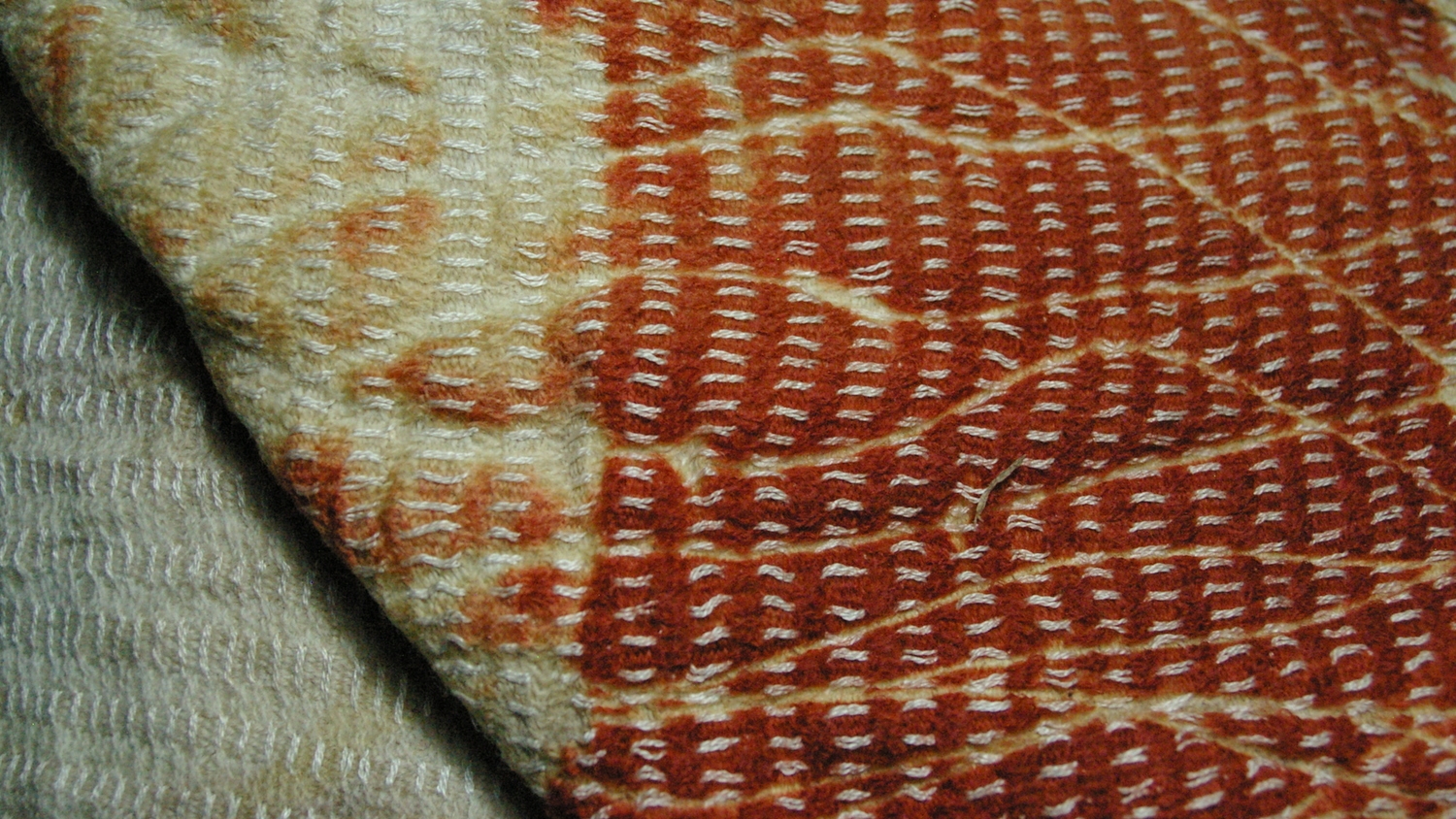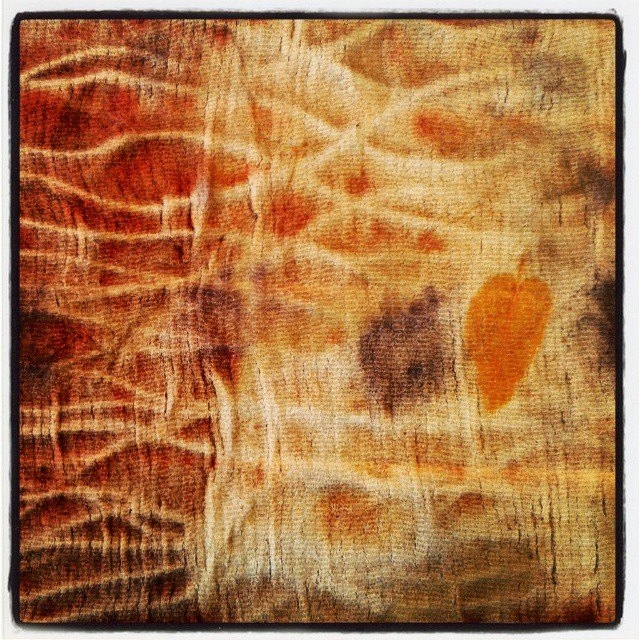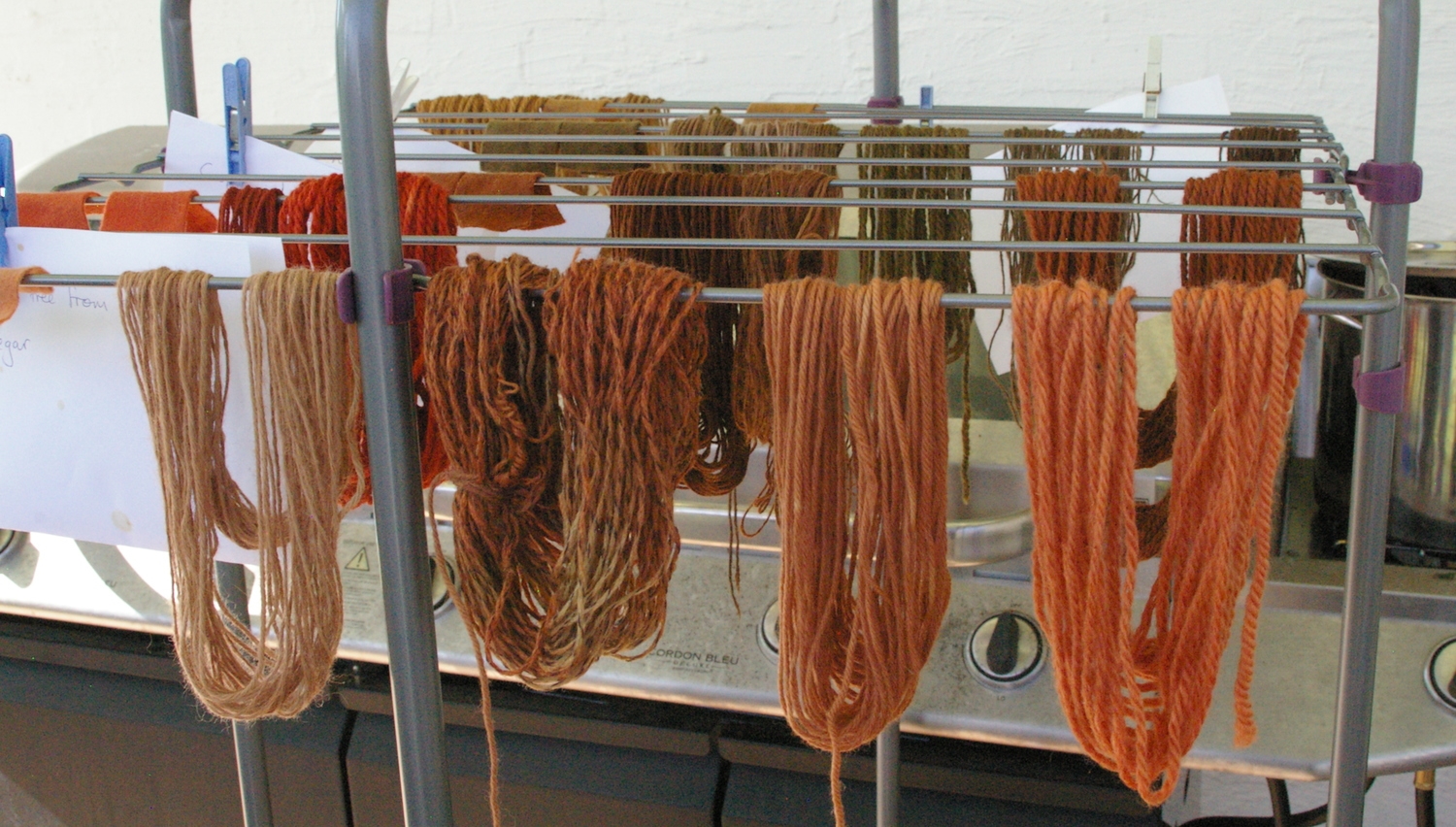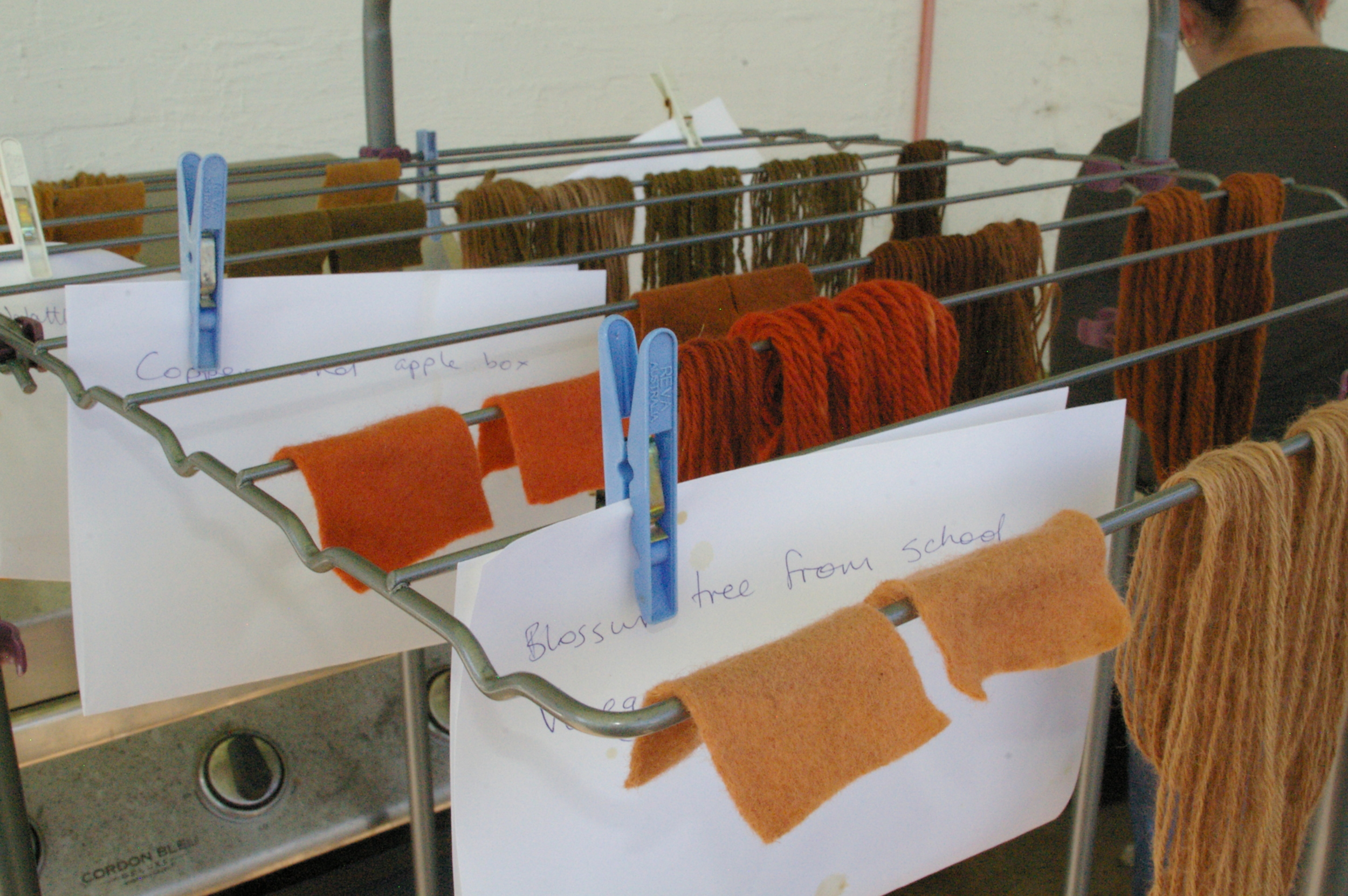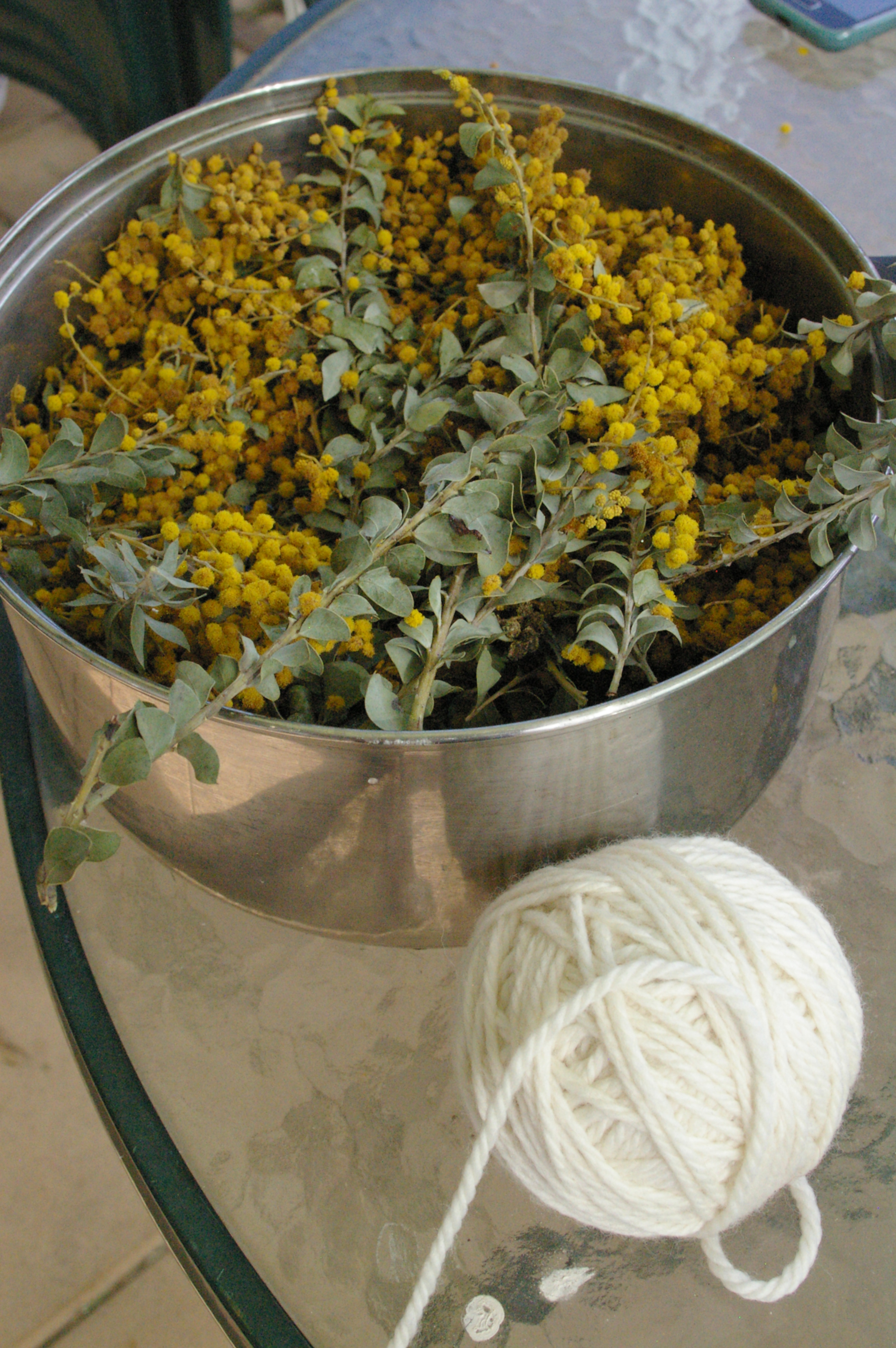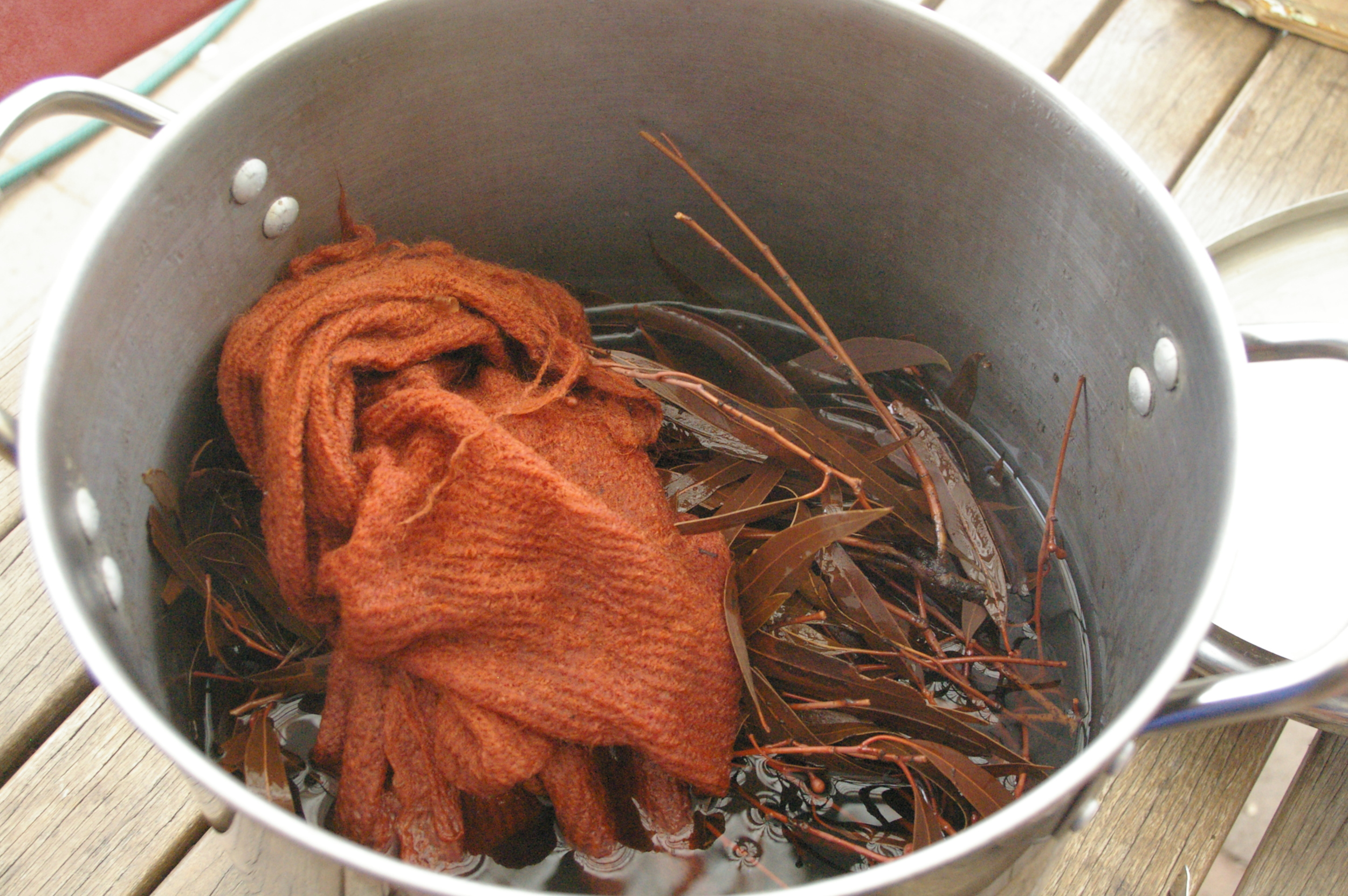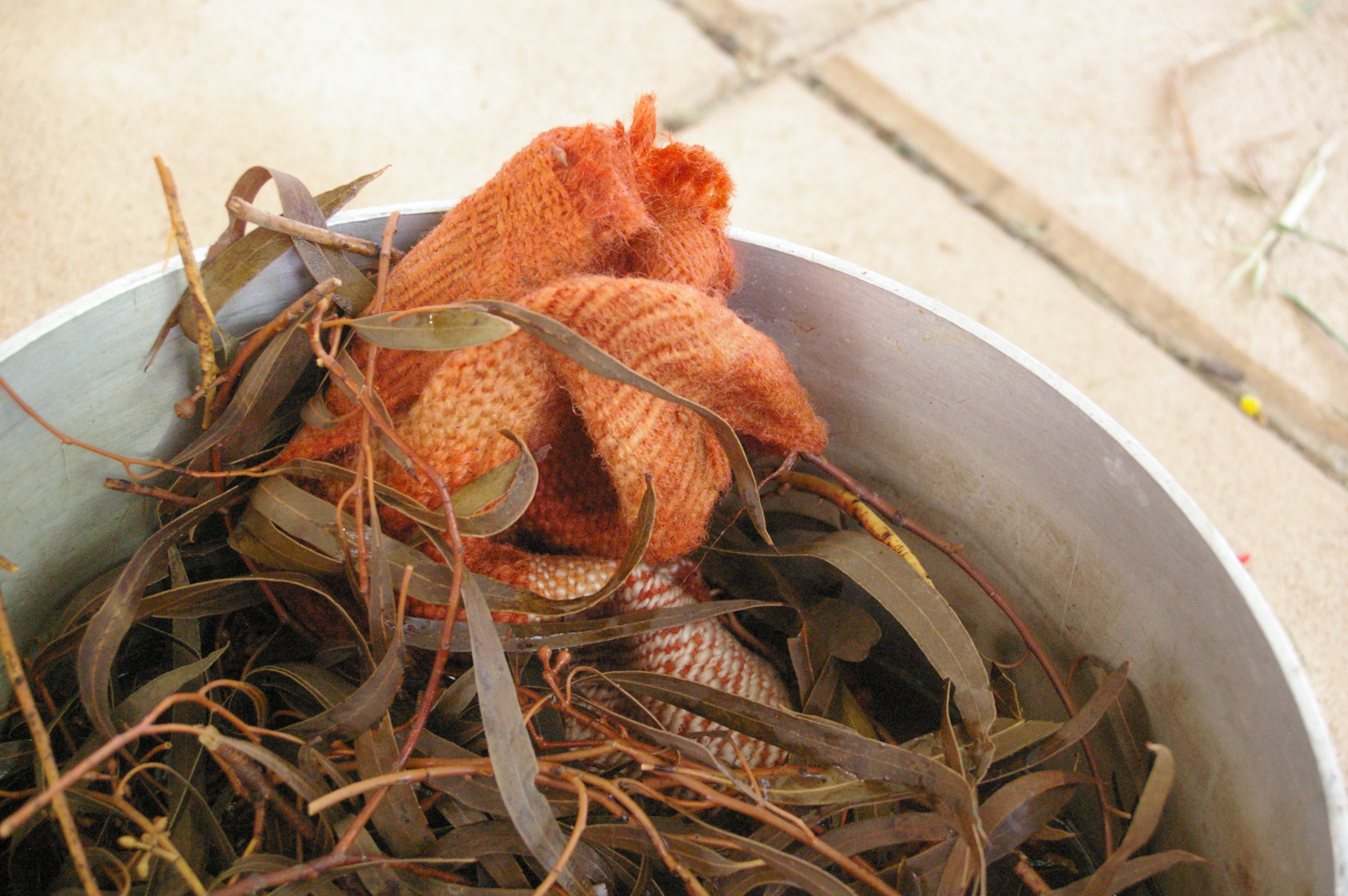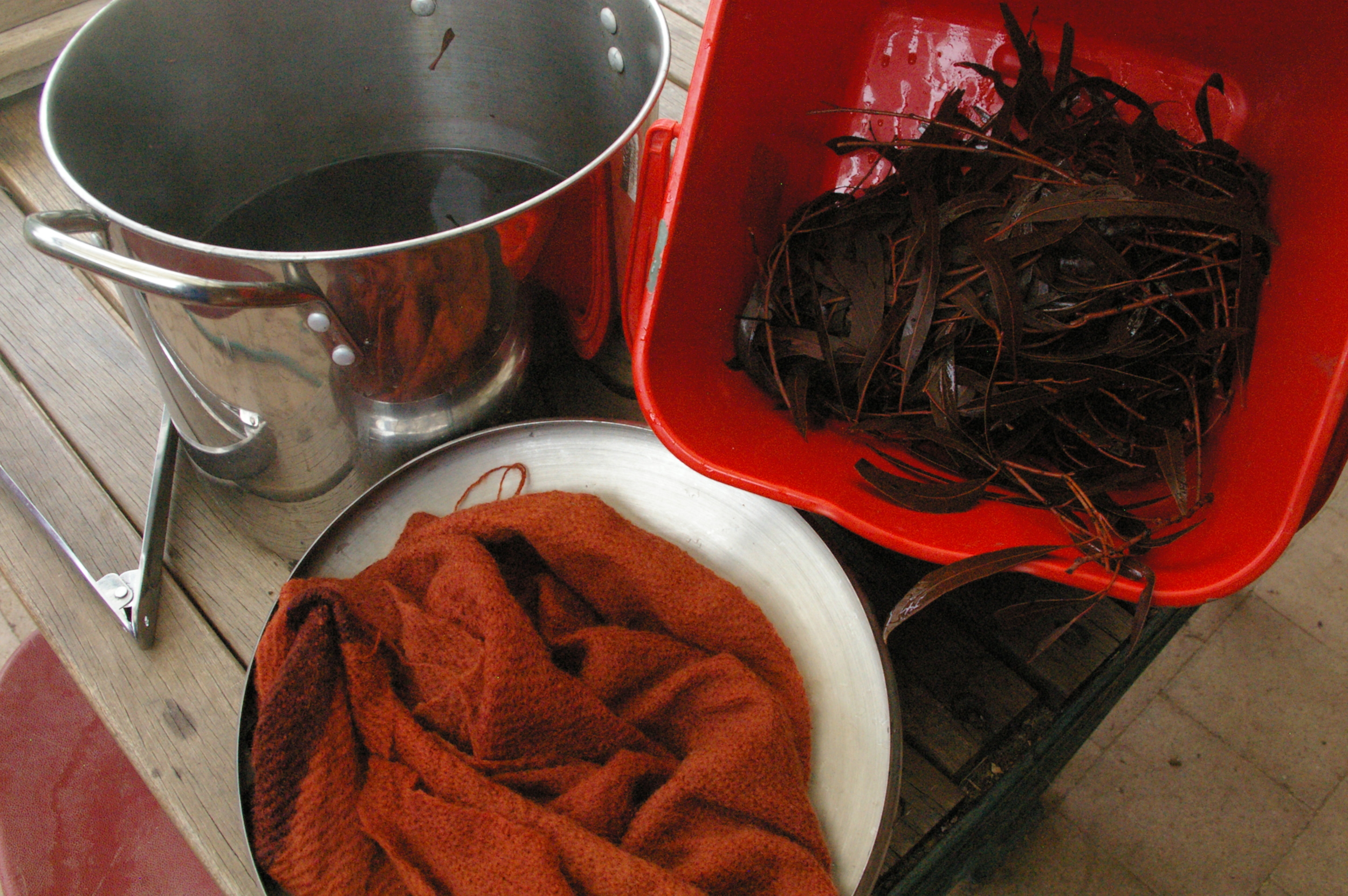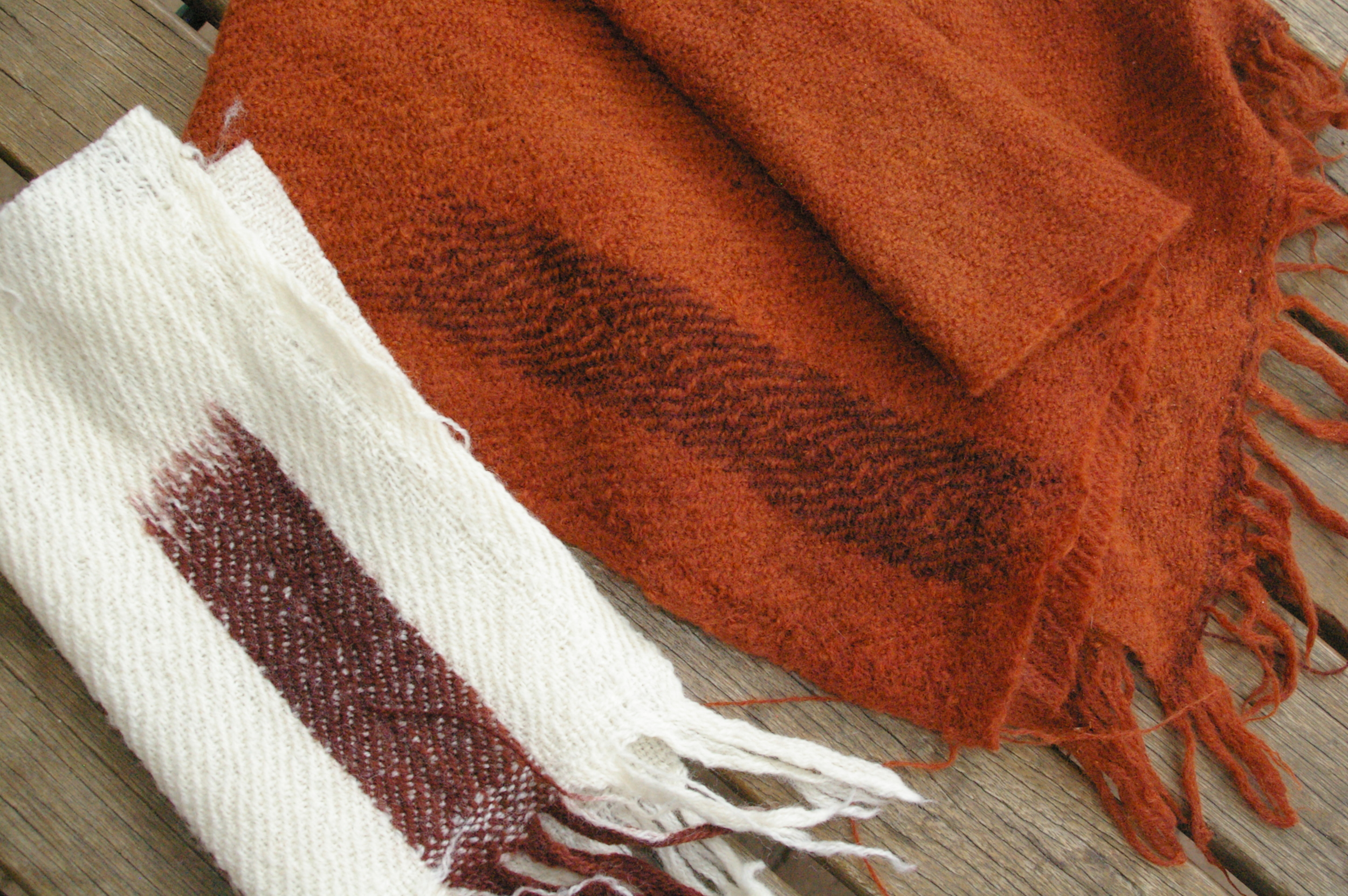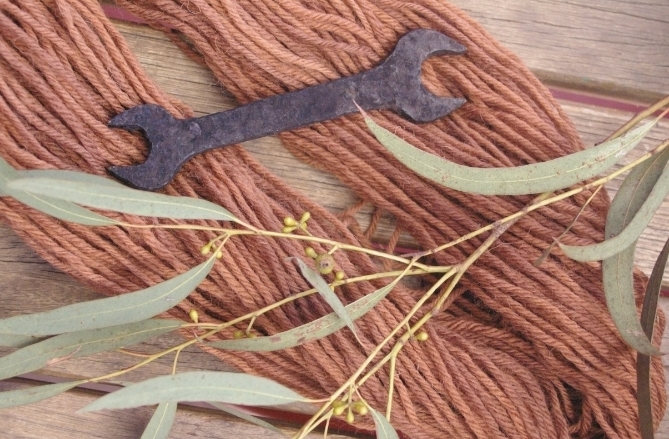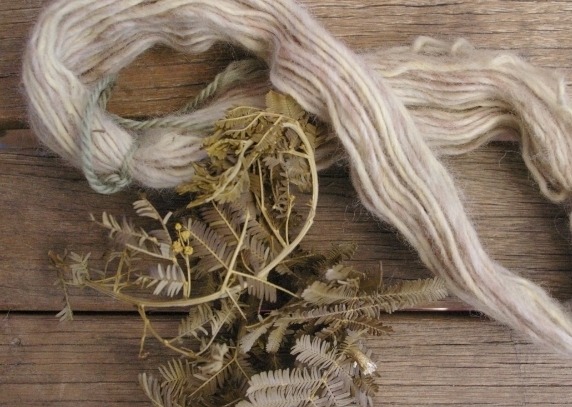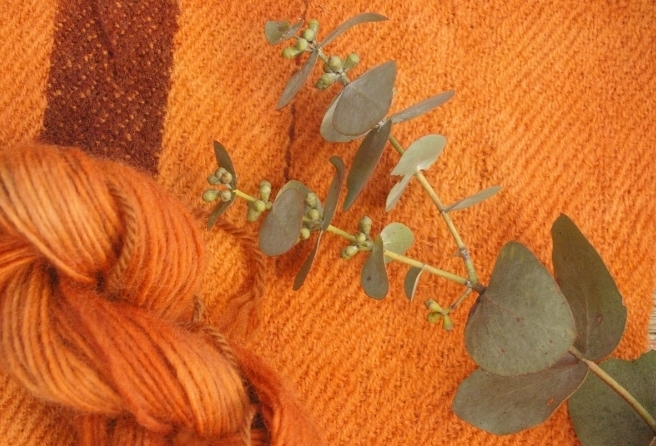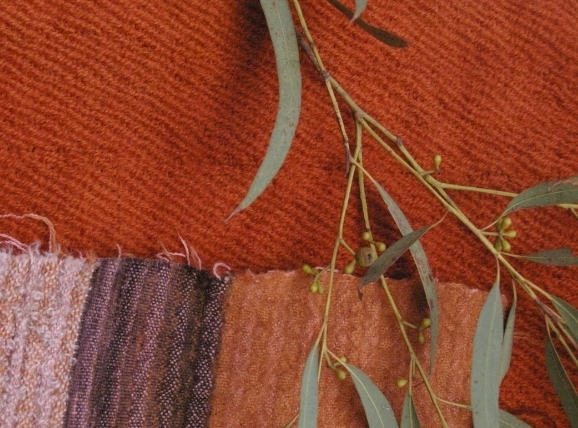I have for the last little while been increasingly aware that I have been too isolated in my practice. I had forgotten that sharing an experience can help you develop your own work through sharing and learning with others. To that end I have joined a Botanic Art group that meet once a month at the National Botanic Gardens in Canberra. It is an amazing group with alot of knowledge and support to share. We have access to plants from every state and territory, some we might never get to see elsewhere due to their rarity and remote habitats. I attended my first meeting last week and look forward to it being a monthly source of inspiration.
Leptospermum mesmer eyes.
Work in progress.


